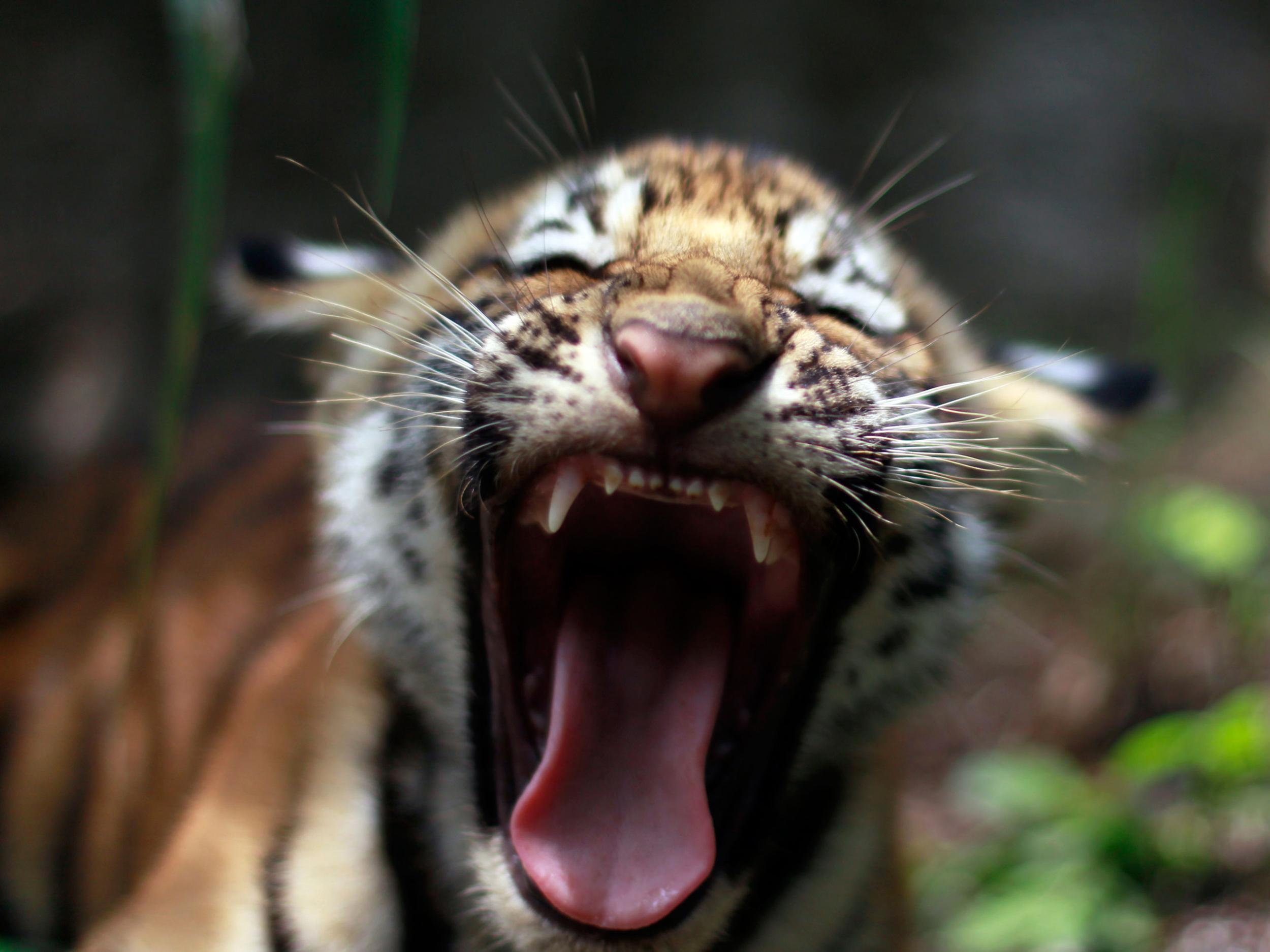Humans are ushering in the sixth mass extinction of life on Earth, scientists warn
'Extinction rates for birds, mammals and amphibians are similar to the five global mass-extinction events of the past 500 million years that probably resulted from meteorite impacts, massive volcanism and other cataclysmic forces'

Your support helps us to tell the story
From reproductive rights to climate change to Big Tech, The Independent is on the ground when the story is developing. Whether it's investigating the financials of Elon Musk's pro-Trump PAC or producing our latest documentary, 'The A Word', which shines a light on the American women fighting for reproductive rights, we know how important it is to parse out the facts from the messaging.
At such a critical moment in US history, we need reporters on the ground. Your donation allows us to keep sending journalists to speak to both sides of the story.
The Independent is trusted by Americans across the entire political spectrum. And unlike many other quality news outlets, we choose not to lock Americans out of our reporting and analysis with paywalls. We believe quality journalism should be available to everyone, paid for by those who can afford it.
Your support makes all the difference.Humans are bringing about the sixth mass extinction of life on Earth, according to scientists writing in a special edition of the leading journal Nature.
Mammals, birds and amphibians are currently becoming extinct at rates comparable to the previous five mass extinctions when “cataclysmic forces” – such as massive meteorite strikes and supervolcano explosions – wiped out vast swathes of life, including the dinosaurs.
The growing human population – which has increased by 130 per cent in the last 50 years and is set to rise to more than 10 billion by 2060 – and our increasing demand for resources as we become wealthier is ramping up the pressure on the natural world.
Tens of thousands of species – including 25 per cent of all mammals and 13 per cent of birds – are now threatened with extinction because of over-hunting, poaching, pollution, loss of habitat, the arrival of invasive species, and other human-caused problems.
But the researchers said it was not “inevitable” that this process would continue. There is still time for humans to turn the situation around by protecting habitats, changing our diets to less land-intensive food, and taking other forms of conservation.
In one of a series of papers in Nature, a team of international scientists wrote: “The ever-increasing and unprecedented extent and impact of human activities on land and in the oceans over the past few centuries has dramatically reduced global biodiversity.
“There is overwhelming evidence that habitat loss and fragmentation, over-exploitation of biological resources, pollution, species invasions and climate change have increased rates of global species extinctions to levels that are much higher than those observed in the fossil record.”
And we are not immune from such problems.
This loss of biodiversity could “substantially diminish the benefits that people derive from nature”, they warned.
In order to preserve such “ecosystem services”, policies should be designed to “secure the valuable and often irreplaceable benefits of biodiversity for future generations, even under conditions of rapid global change”, the paper added.
Another paper painted a bleak picture of humans’ long history of wiping out other animals.
“Human-influenced extinctions began when modern humans moved out of Africa,” it said.
“Successive waves of extinctions in Australia (50,000 years ago), North America and South America (10,000-11,000 years ago) and Europe (3,000-12,000 years ago) were driven largely by a combination of hunting by humans and natural climate change.
“By 3,000 years ago, Earth had lost half of all terrestrial mammalian megafauna species (with a mass of more than 44kg) and 15 per cent of all bird species.”
The researchers said that since 1500AD, human destruction of wildlife had “accelerated”.
“Extinction rates for birds, mammals and amphibians are similar at present to those of the five global mass-extinction events of the past 500 million years that probably resulted from meteorite impacts, massive volcanism and other cataclysmic forces,” they wrote.
It said “urgent” action was needed to ensure that “sufficient habitats will remain to preserve the viability of ... species in the long term and to guarantee that such habitats are well managed”.
“All species could benefit from the intensification of current conservation policies, as well as from policies that reduce underlying anthropogenic threats,” the paper added.
“Developing and enacting such policies, however, will require an unprecedented degree of engagement between stakeholders, policymakers, natural scientists and social scientists.
“Earth is capable of providing healthy diets for 10 billion people in 2060 and preserving viable habitats for the vast majority of its remaining species.
“The benefits for biodiversity and humanity of pursuing these goals are great, and with forethought and timely action, these goals can be achieved.”
Join our commenting forum
Join thought-provoking conversations, follow other Independent readers and see their replies
Comments